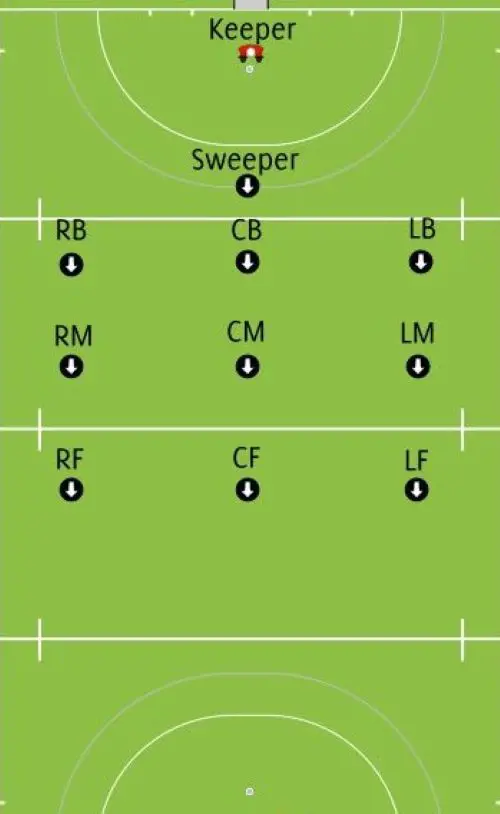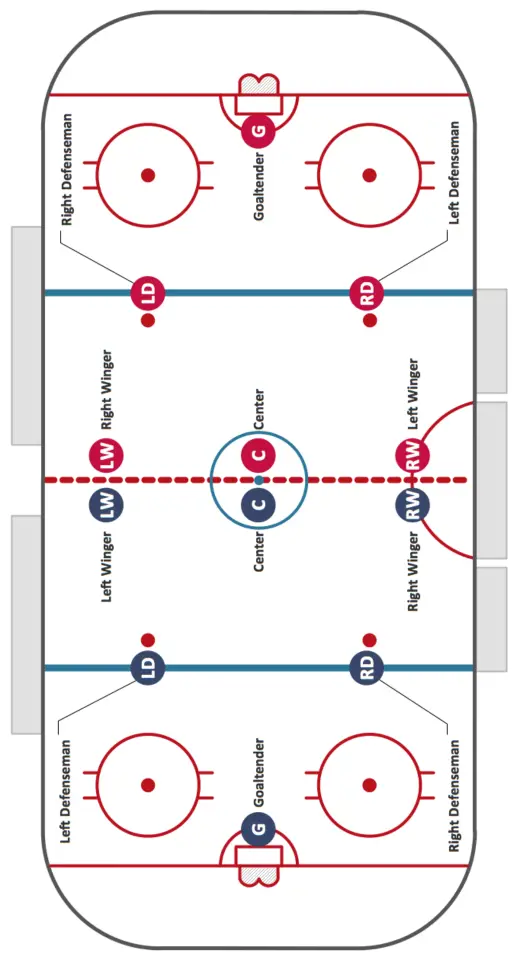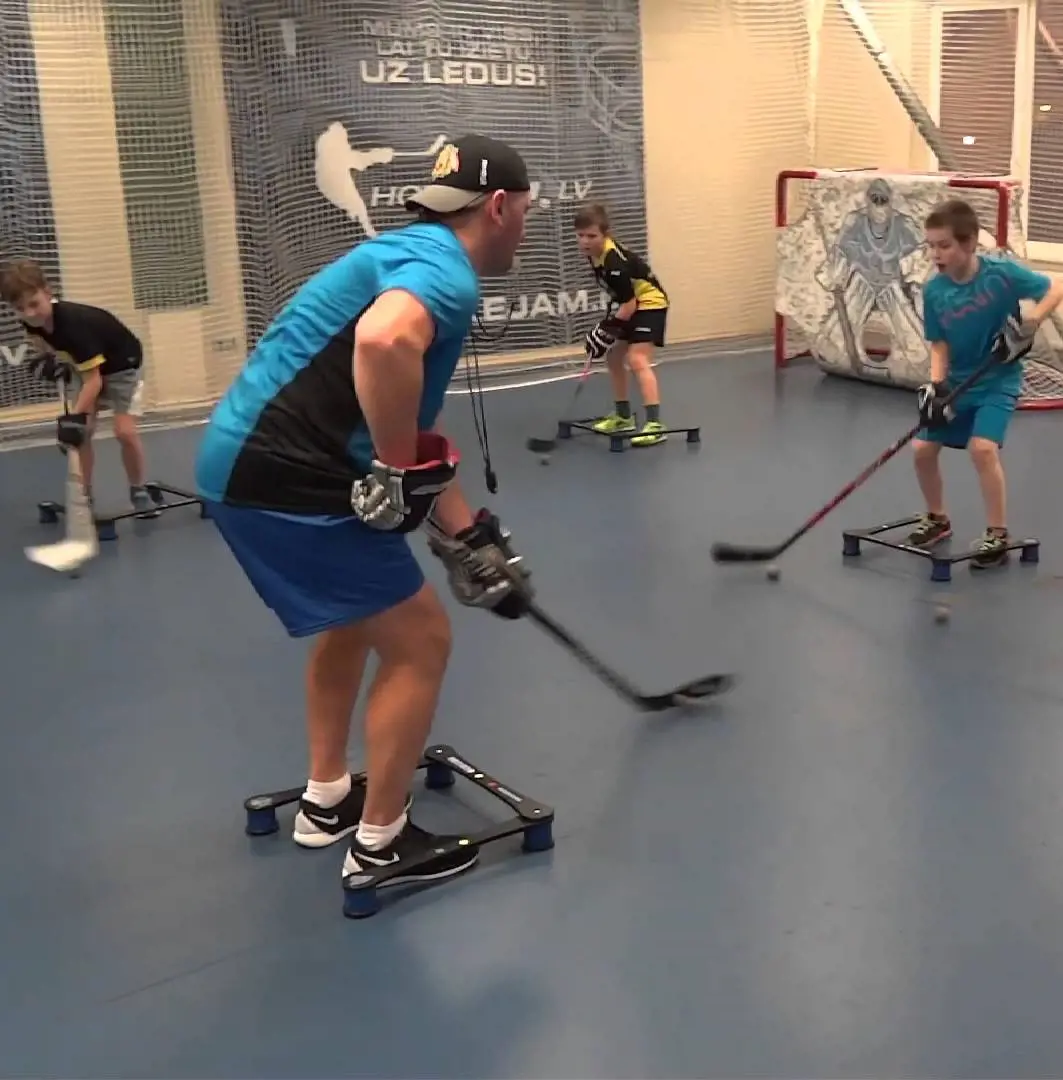Why Do Hockey Players Sniff Smelling Salts?
Hockey players sniff smelling salts to be more alert and increase their skills during play. They believe it helps escalate energy levels, speed, and strength.
Smelling salts have been common in the NHL for years now. Even though it smells awful, it has been a routine for the athletes before entering the rink. They are seen inhaling the inhalants sitting on the bench and making those disgusted faces.
Ice hockey is one of the chaotic and fast-paced sports. Chasing the small flying puck can exhaust the player on the ice. The players use the inhalants to get back the energy instantly.
What is Smelling Salts?
Smelling salts are made of chemicals, mostly ammonia, that has a strong aroma. It is also known as an ammonia inhalant.
It is designed to cause a reaction in your body to increase performance and alertness. Modern versions of the solution exist mixed with water or alcohol. It retains in small glass capsules wrapped in a cotton layer and netting.
When the thin glass tube is crushed, the liquid form releases on the cotton. The soaked fabric is waved in front of the nose.
When someone inhales the component, it irritates his nasal and lung membranes. That is due to ammonia. Thus, the person involuntarily inhales and starts breathing faster.
What Does Smelling Salts Do For Hockey Players?
Smelling Salts help hockey players to keep more attentive. At least, this is what the professional ice skaters believe.
When a hockey player sniffs the salts, the ammonia gas irritates the nose, causing an inhalation reflex. Eventually, their body takes a deep breath which boosts oxygen intake. Stimulating the nervous system, players feel more focused and alert.

Vancouver Canucks forward player Anthony Beauvillier is also one of the athletes who have adopted smelling salts. He uses it as a third-period refresh.
Beauvillier is yet to be habitual to the strong odor of ammonia. He finds them awful, yet it's been a part of a routine for him.
NHL franchise Islanders players are familiar with the routine. Winger Matt Martin has been doing them since his debut match in the league. However, he still struggles to bear the smell.
Purpose and Uses Of Smelling Salts
The primary purpose of smelling salts is to revive someone who has fainted. However, the use of smelling salts by doctors has abated.
In the 14th century, the chemical was used to shave harts' horns and hooves. Later it spread throughout Europe as a treatment for fainting, headaches, fatigue, and other symptoms.
As time passed, from ordinary people to sports athletes began using inhalants for several purposes.
While talking about the usage of smelling salts, boxers often used them. They were given for mental alertness and to restore consciousness after the knock-out. Now, most boxing competitions have banned the action.
Uses:
- For medical emergencies to help revive people who lost consciousness
- Effective to restrain awareness and attention for people suffering from low blood pressure
- ockey, boxing, and football player use them to revive themselves from feeling dizzy due to dehydration and physical exertion











